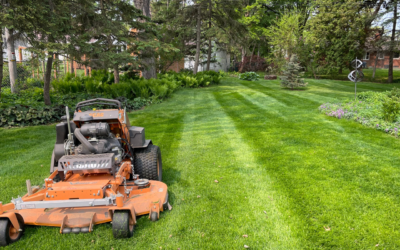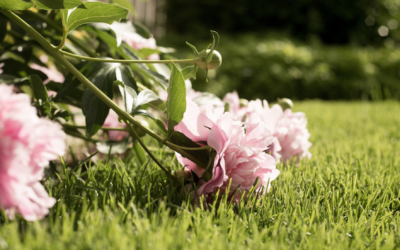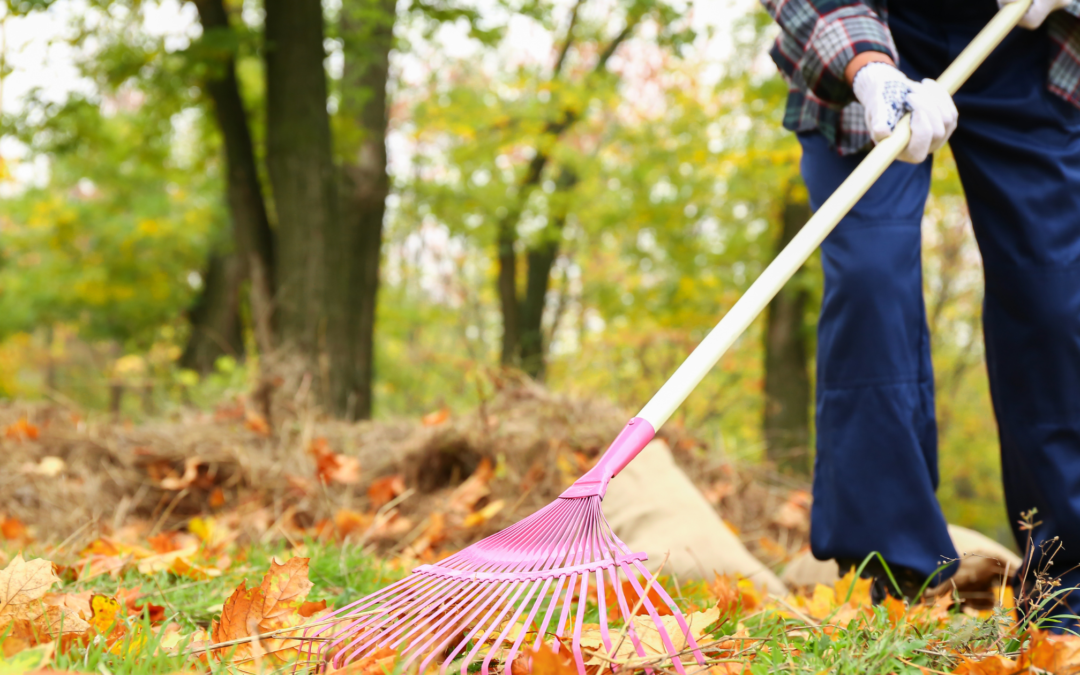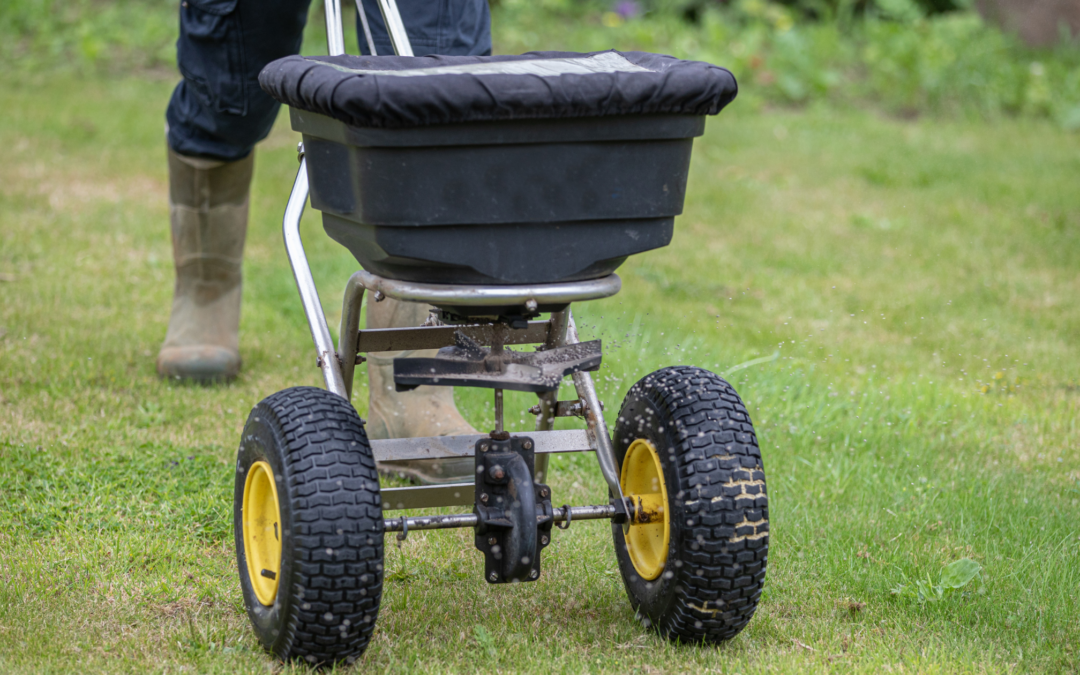As more homeowners become environmentally conscious, the shift towards organic lawn care practices is becoming increasingly popular. Not only does it ensure a beautiful lawn, but it also protects the health of your family, pets, and the local ecosystem. Here’s a guide...

5 Things To Consider When Picking Out Your Next Set of Patio Furniture
We know it’s a little early to be talking outdoor spaces in Wisconsin, but stores will have the patio furniture out soon! Honestly, it’s never too soon to start thinking about warm summer nights. When choosing patio furniture, it’s important to consider various factors to ensure that you make a selection that is not only stylish but also durable and comfortable. Here are five key things to consider:
- Material Durability: The material of your patio furniture is crucial as it determines the durability and maintenance required. Popular materials include wrought iron, aluminum, wicker, and wood. Each material has its pros and cons related to weather resistance, durability, and maintenance. For instance, aluminum is lightweight and rust-resistant, wicker offers a classic look but may require more care, and wood is sturdy and has a timeless appeal but may need regular treatment to withstand the elements.
- Comfort: Your patio is an extension of your living space, so comfort should be a top priority. Look for furniture with ergonomic design and ample cushioning. Consider the depth and height of seating, as well as cushion quality. Outdoor fabrics are now available in various textures and padding that resist weather and sun fading while providing comfortable seating.
- Style and Aesthetics: Choose furniture that complements your home’s exterior and landscape. Whether you’re looking for a modern, minimalist look or a cozy, rustic vibe, there’s a wide range of styles to match your taste. The color, design, and shape of the furniture should harmonize with your outdoor space and reflect your personal style.
- Size and Scale: Consider the size of your patio and how you plan to use it. Ensure that the furniture fits comfortably and allows for movement around the space. A small balcony may only have room for a bistro set, while a larger patio can accommodate dining sets, lounges, and more. Always measure your space before purchasing and visualize how the furniture will fit.
- Flexibility and Storage: Weather conditions can be unpredictable, and storing furniture during off-seasons can prolong its life. Consider furniture that is easy to move, fold, or disassemble for storage. Some furniture is designed to be stackable or collapsible, which is particularly useful if you have limited storage space.
When selecting patio furniture, consider these five aspects to make a choice that is beautiful, comfortable, and lasts for many seasons. Keep in mind that the best patio furniture is the one that fits your space, budget, and style while providing comfort and durability.
If you need help landscaping your beautiful outdoor oasis, give Friske Lawn Care a call at 608-445-5883 or shoot us an email at [email protected]. We can help you design your dream backyard today!
Organic Lawn Care Tips for Eco-Friendly Homeowners
The Benefits of Professional Lawn Care: Why Hiring a Lawn Mowing Company is Worth It
Maintaining a lush, green lawn is a point of pride for many homeowners. However, achieving that picture-perfect lawn requires time, effort, and expertise. As the summer months approach and lawns begin to grow rapidly, many homeowners find themselves facing the...
10 Low-Maintenance Plants Perfect for Busy Moms
In the hustle and bustle of everyday life, busy moms often find it challenging to devote extensive time to garden maintenance. However, that doesn't mean they can't enjoy a beautiful and vibrant garden. With the right selection of low-maintenance plants, moms can...








Recent Comments